The Ultimate Guide to the Best Kitchen Flooring
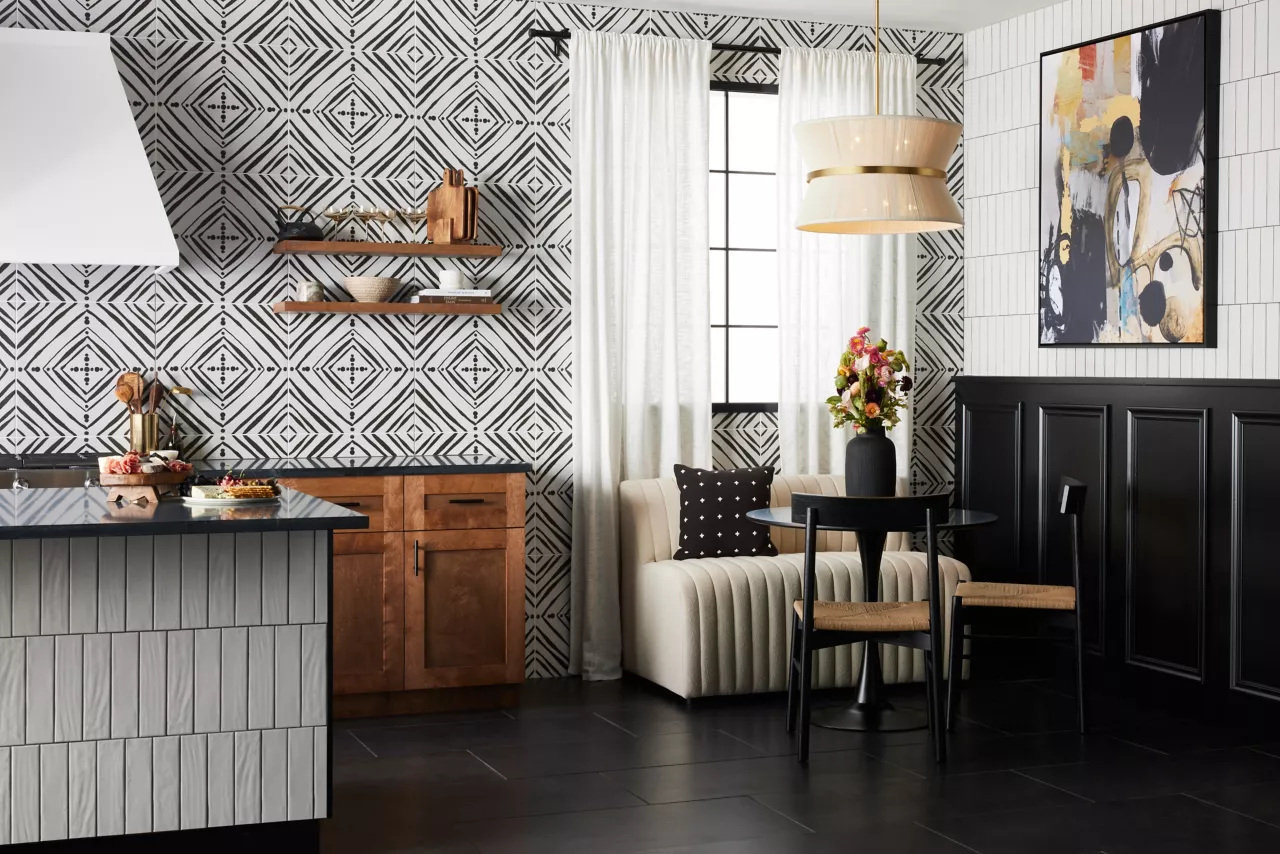
Choosing the perfect kitchen flooring is a big decision. It's a space that sees a lot of action: kitchens are where we gather with family and friends to make and share meals. Because of this, you will want the floor you choose to not only stand up to the physical demands of heavy foot traffic, but also make the space feel warm and inviting.
With so many options available, it can be overwhelming to find a material that balances style, function, durability, and budget. In this article, we will explore a few of the most popular kitchen flooring materials and their relative merits and potential drawbacks so you can pick the best flooring for your kitchen.
Factors to Consider When Choosing Kitchen Flooring
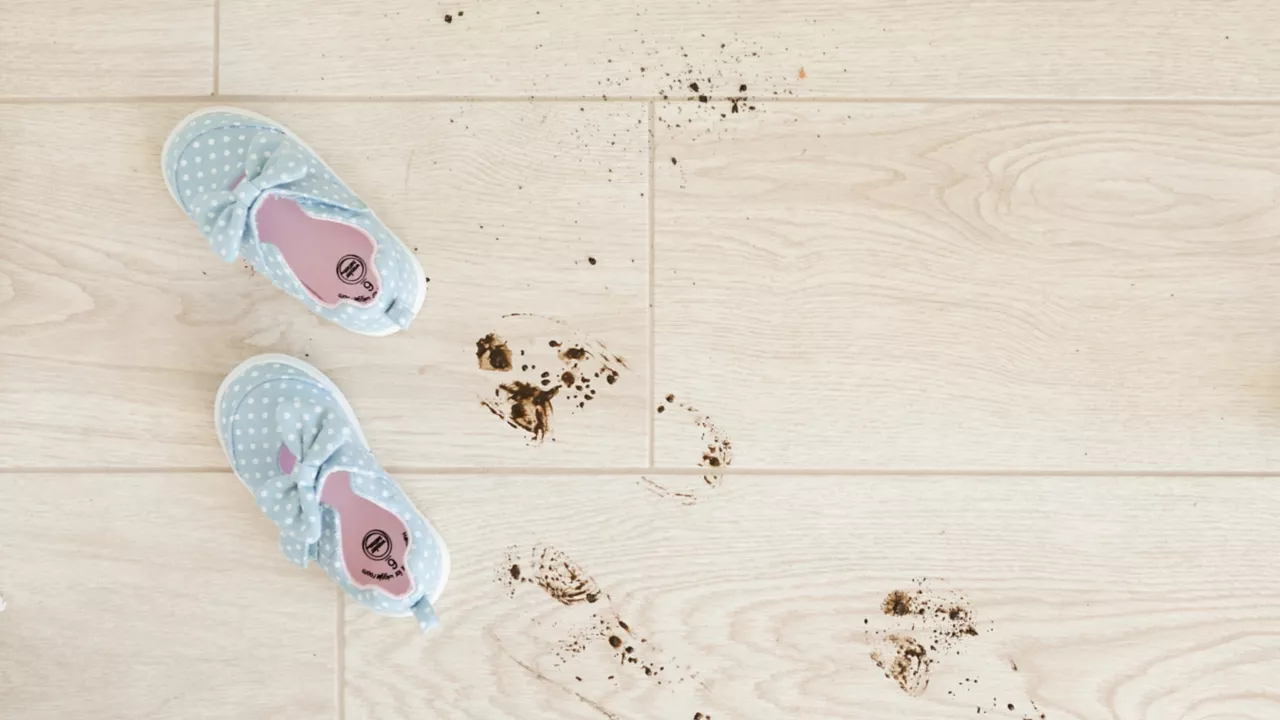
Durability and Water Resistance
While your kitchen floors certainly won't face the amount of water exposure as your bathroom floors, it's still a good idea to pick a flooring material that can handle getting a little wet. Porous or absorbent materials will stain easily and provide idea conditions for mold and mildew to grow, even after you’ve cleaned up a spill.
Instead, opt for a non-porous material that won't break if the occasional cast iron skillet is dropped on it. And, since the kitchen is often a whole-family space, you should also look for a material that can handle the wear and tear caused by pets and children.
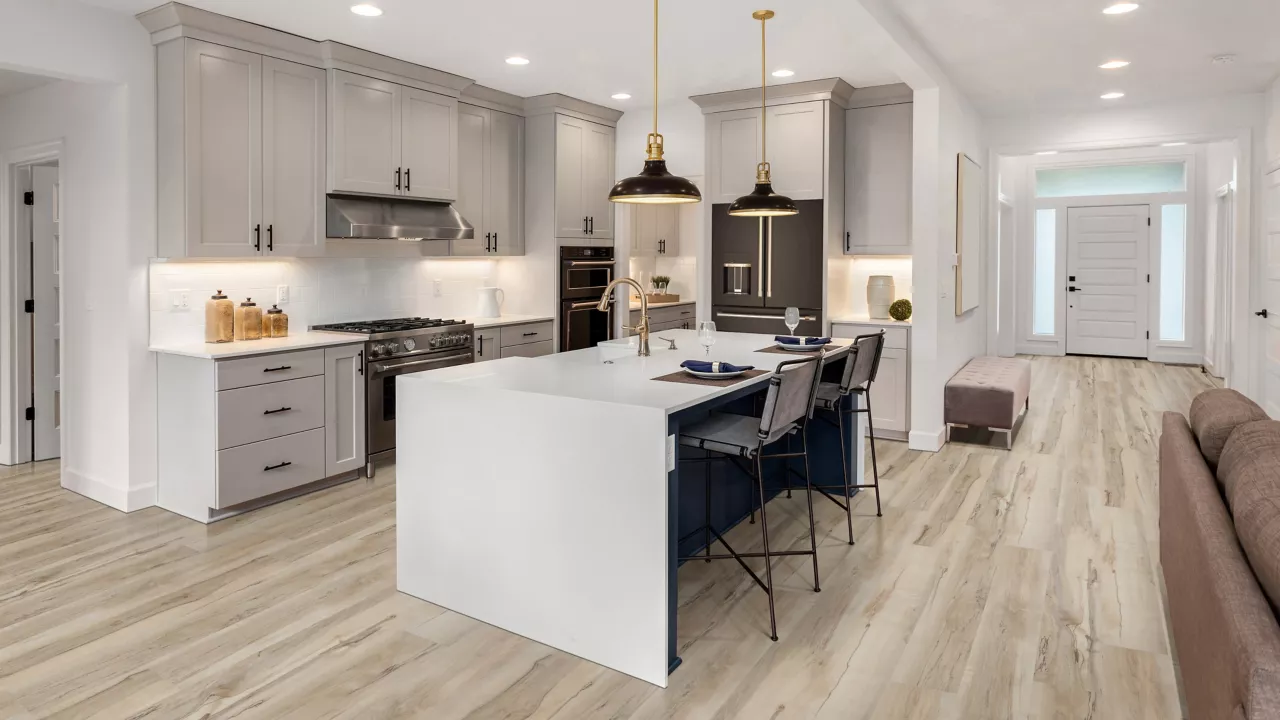
Maintenance
The good news is that just about any material that is well suited for kitchen floors will be on the easier side when it comes to maintenance. That said, even among the best options there are some key differences to consider.
Luxury vinyl is by far the easiest flooring to maintain, generally requiring only sweeping or spot-scrubbing for everyday cleaning, and an occasional deeper clean with a mop. Engineered hardwood and laminate flooring are both similarly easy to maintain. Ceramic and porcelain tiles can also be kept looking nice with just a bit of routine sweeping, but their grout lines will eventually need to be cleaned, which is easy to do but still an extra maintenance step.
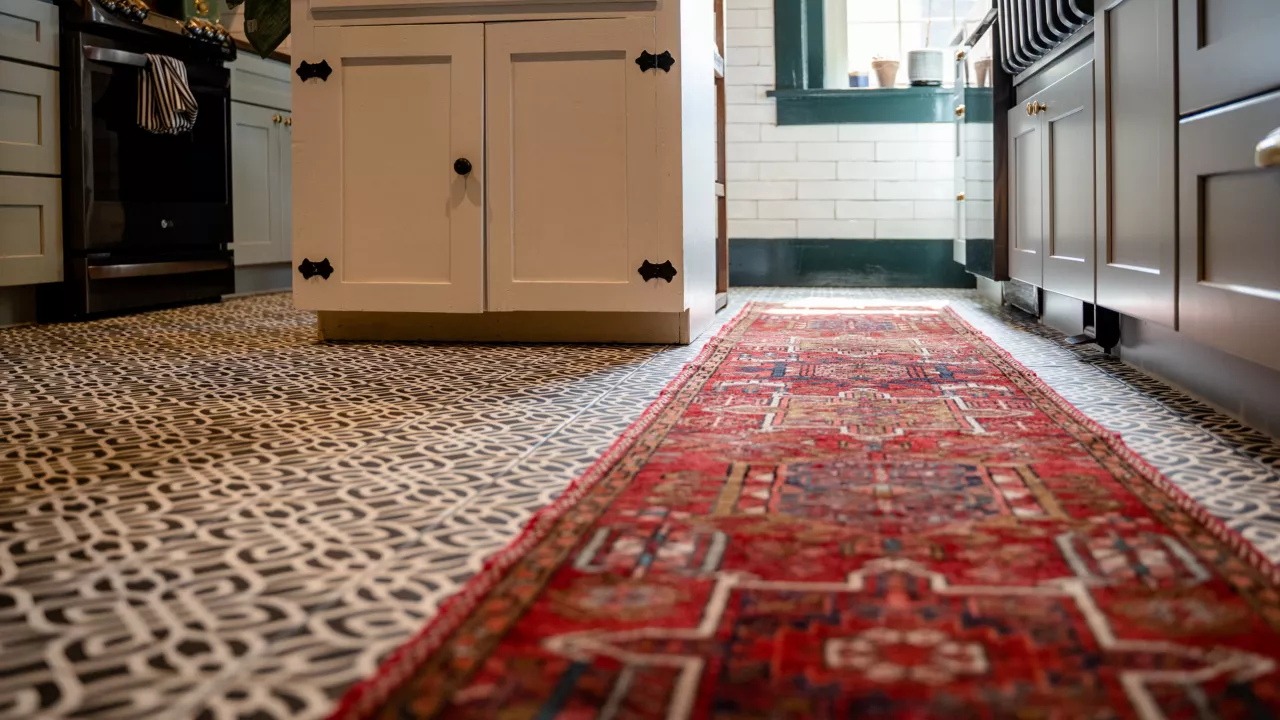
Comfort and Warmth
If you are an avid cook and spend a lot of time on your feet in the kitchen, you may want to consider the relative hardness and softness of different flooring materials. Tile is extremely durable but can also be hard underfoot, while vinyl, laminate and engineered hardwood are softer than tile. And whatever flooring material you choose, laying down a few standing pads or small, plush rugs can go a long way towards keeping you comfortable while working in your kitchen.
If you live in a colder climate and choose tile floors, you may want to invest in radiant in-floor heating to provide extra warmth, both underfoot and throughout your space.
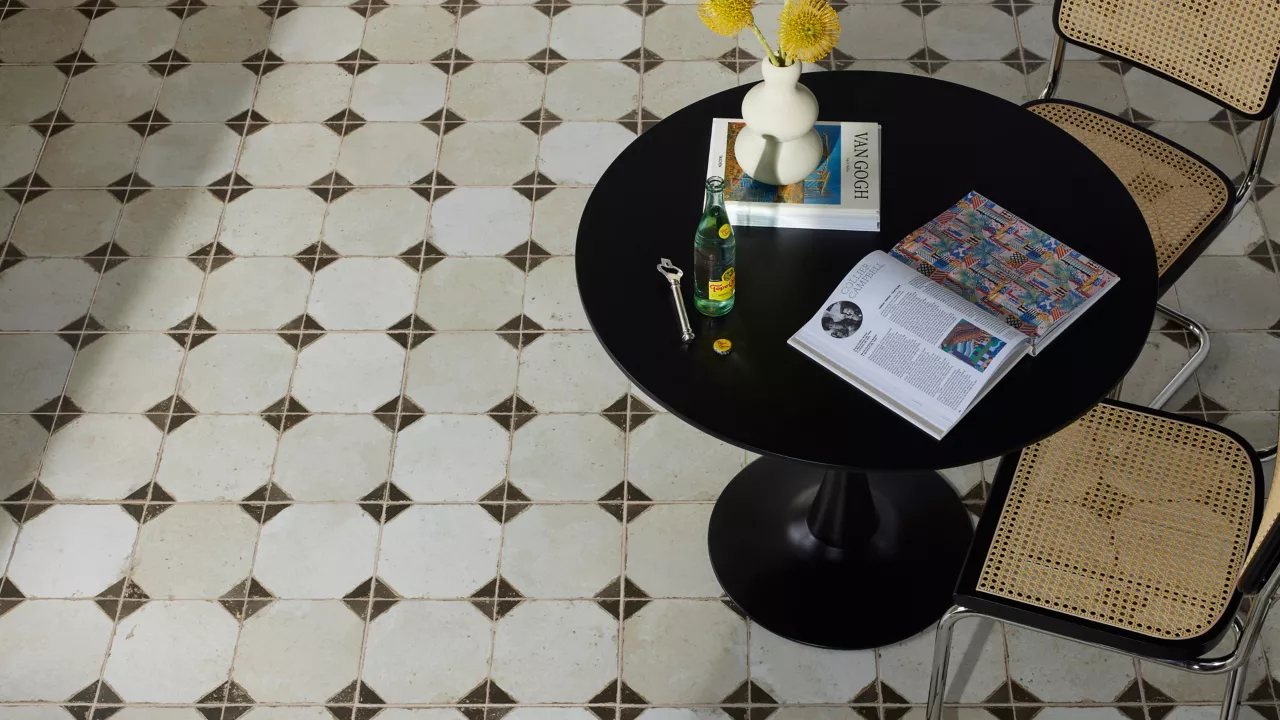
Aesthetics
Picking your next kitchen floor isn't all about practical considerations—you also want it to look nice and feel like home! Taking a look at the rest of the fixtures and surfaces in your kitchen is a good place to start when deciding what you want your floors to look like. If you have rich hardwood cabinetry, consider a wood look for your floors that coordinates but doesn't try to fully match the cabinets. You could also coordinate the flooring with your countertops or backsplash, aiming for a solid color tile that draws out the themes found elsewhere in the space. But most importantly, go with a look that makes you happy!
Cost
The cost per square foot of flooring can vary from a few dollars to $20 or more, depending on the material. But material cost is not the only factor that impacts a project's overall price. You should also consider the cost of installation, underlayment, and any additional materials you will need such as grout or trim.
Some options like laminate and LVF/LVP are renowned for being DIY-friendly, which can help reduce overall costs. Other materials, like porcelain and ceramic tile, may cost more after installation prices are factored in, but with proper care they could last a lifetime, potentially saving you money in the long run.
Best Flooring for Kitchens
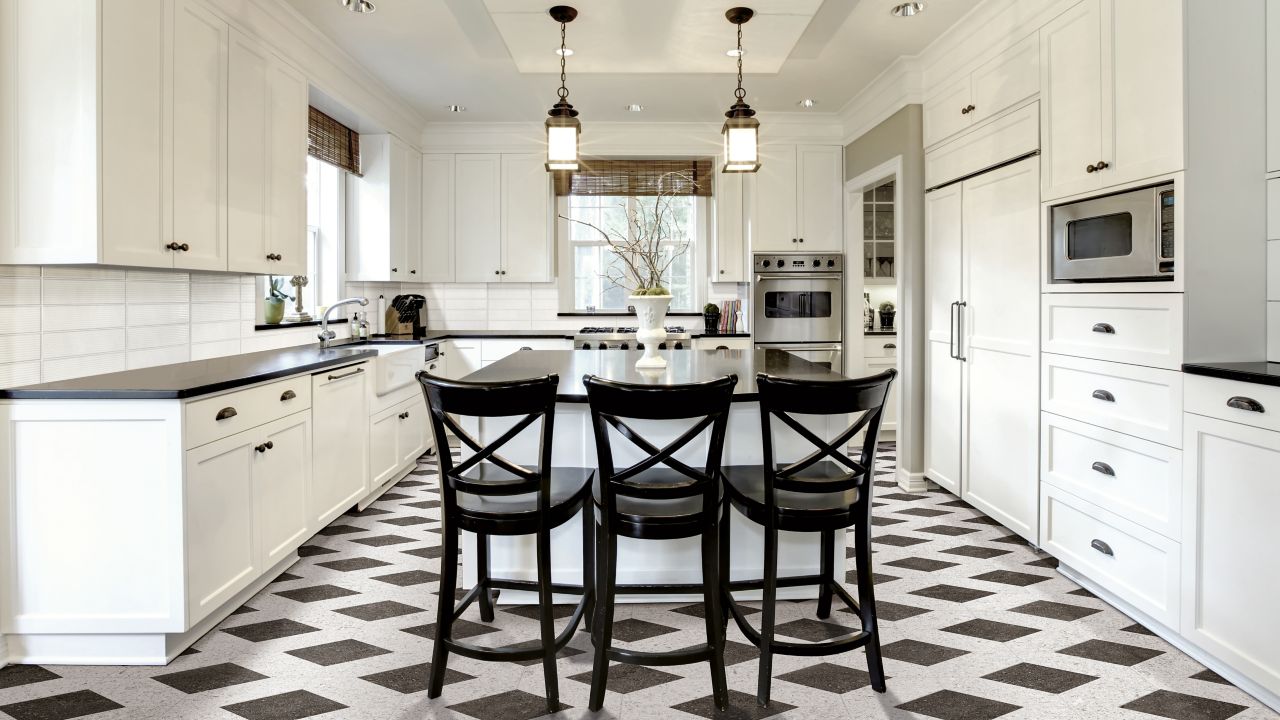
Porcelain and Ceramic Tile
Both porcelain and ceramic tiles make excellent kitchen floors. While porcelain is generally denser and harder than ceramic, both materials are very durable and highly water resistant, which means they won't be damaged or stained by spills. These are also the two flooring materials that provide the widest assortment of aesthetic styles.
However, dropping a pot or pan on any type of tile flooring can result in cracking, which would require repairing or replacing the tile to avoid further damage. Another potential concern is that standing on tile for extended periods can be uncomfortable—a challenge that can be overcome with a cushy rug or floor mat. And, as mentioned above, grout lines require sealing and regular cleaning to prevent discoloration and mildew.
Still, for homeowners looking for an affordable, long-lasting and stylish option, tile is hard to beat. Trouble deciding between ceramic and porcelain? Make sure to check out our porcelain vs ceramic comparison guide to help.
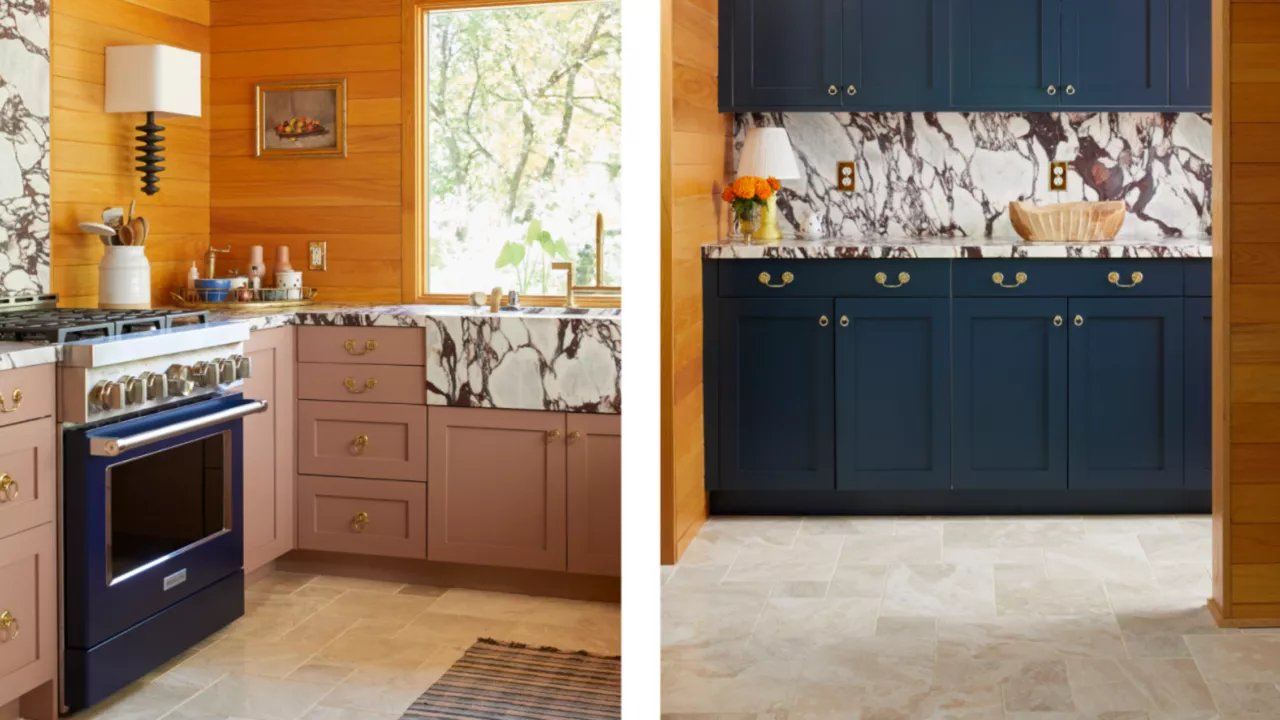
Marble Tile
If you want a higher end look in your kitchen, marble tile flooring adds unmistakable elegance while still standing up to the demands of the space. Marble's natural veining and luminosity has made it a favorite flooring material for millennia. And if you have marble countertops, installing a marble tile floor in your kitchen is a great way to extend the luxurious look throughout your space.
It's important to remember that marble is a softer and more porous material than manmade porcelain and ceramic tiles, which means it can be prone to scratching, etching from acidic substances, and staining if not properly sealed. But keeping up with regular maintenance will have your marble looking its best and is easily done in an afternoon.

Laminate
Modern laminate flooring is also a great choice for kitchen floors. This material is often more affordable than others that are suitable for use in kitchens and provides a natural wood look with high durability.
The top layer of laminate flooring is coated in a thin, transparent layer of aluminum oxide or melamine resin, which adds protection against both moisture and wear. It will also be more comfortable to stand on for longer periods compared to harder materials like ceramic and porcelain.
One factor to consider with laminate flooring is lifespan. While it is very durable, you should expect this flooring to last about 15 to 20 years before it needs to be replaced, putting it on the shorter end of the flooring lifespan spectrum. Also, although laminate flooring is resistant to moisture, that resistance comes with a requirement to clean up spills quickly. If liquids are allowed to pool, they could eventually seep between the boards and cause warping or expansion of the boards' core, requiring replacement. Read more about laminate flooring in our laminate flooring buying guide.
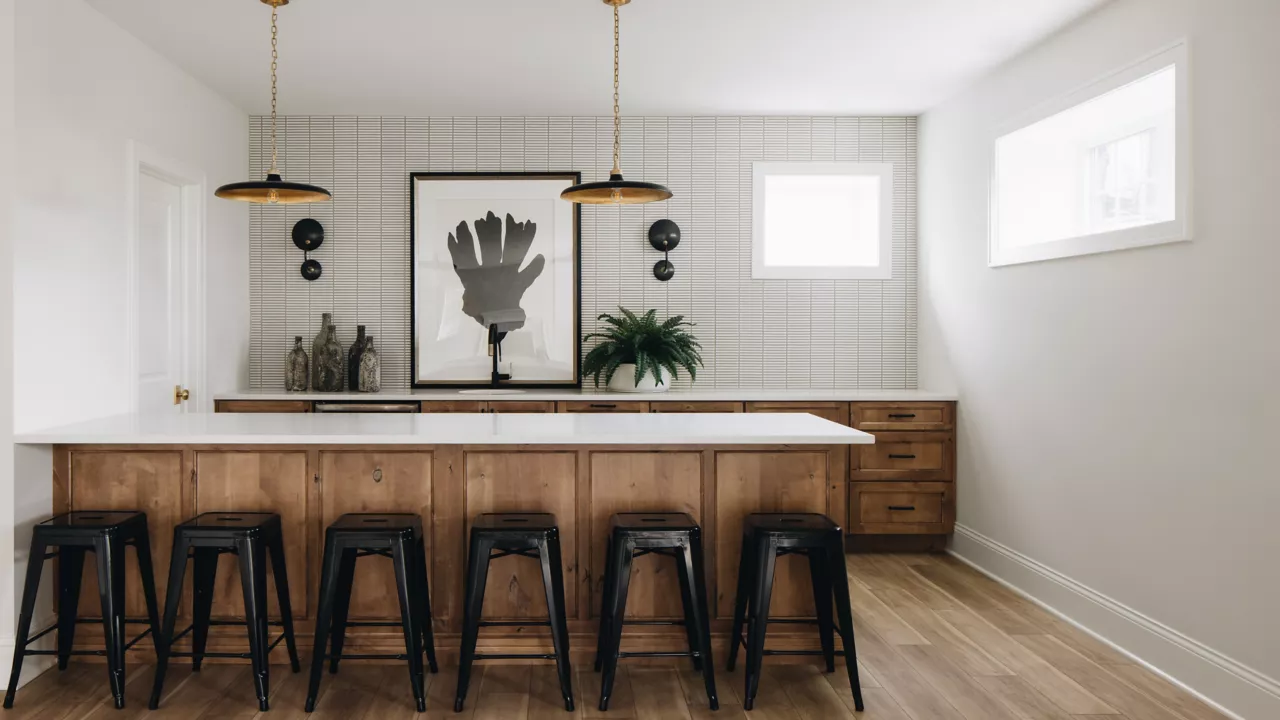
Luxury Vinyl Flooring
Luxury vinyl flooring has soared in popularity for being highly water resistant and highly durable. The transparent wear layer on luxury vinyl protects it from even the biggest and most excitable pets and children, while its click-lock system makes it easy for just about any DIY enthusiast to install. And even though we no longer recommend vinyl flooring for bathrooms, its construction is unmatched among synthetic flooring when it comes to water resistance.
One thing to keep in mind when installing LVF in your kitchen is aesthetics. Advances in printing technology have allowed manufacturers to create ultra-high-resolution depictions of natural wood for LVF image layers, but this material is still distinguishable from the real thing. If the authenticity of real wood is important for your kitchen, you may want to consider engineered hardwood. Read more about luxury vinyl in our luxury vinyl flooring buying guide.
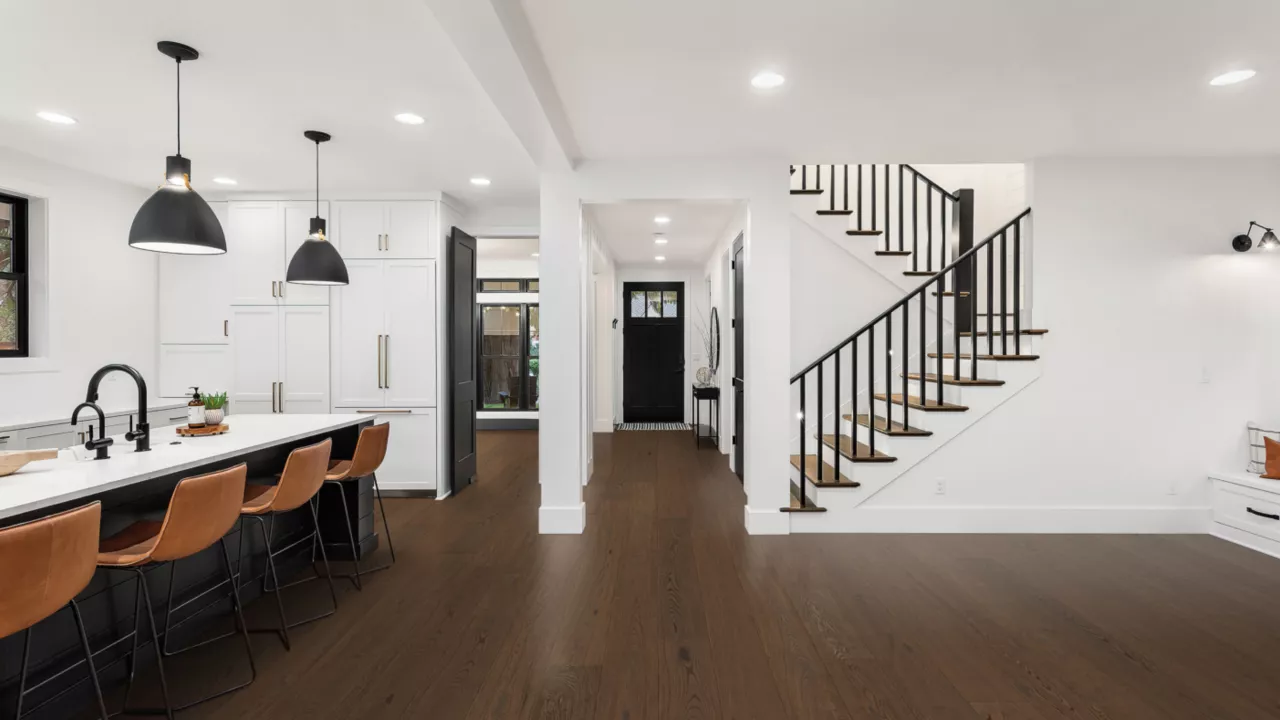
Engineered Hardwood
Engineered hardwood offers a happy medium between the rich warmth of solid wood and the stability of manufactured flooring. Its HDF core makes it more resistant to humidity and temperature changes than solid hardwood, allowing it to stand up to the frequent moisture exposure that could significantly damage solid hardwood.
However, the top layer of engineered hardwood is still hardwood, and is therefore vulnerable to scratches, dents, and, yes, moisture. Like laminate flooring, any liquid spills should be cleaned up right away to prevent warping or bloating. And it does not stand up to wear and tear the way the other materials on this list do. That said, one advantage engineered hardwood floors do have is that they can be refinished. In fact, with a sufficiently thick veneer layer, engineered hardwood floors can be refinished two or three times before needing to be replaced. Find out more about engineered hardwood in our engineered hardwood buying guide.